
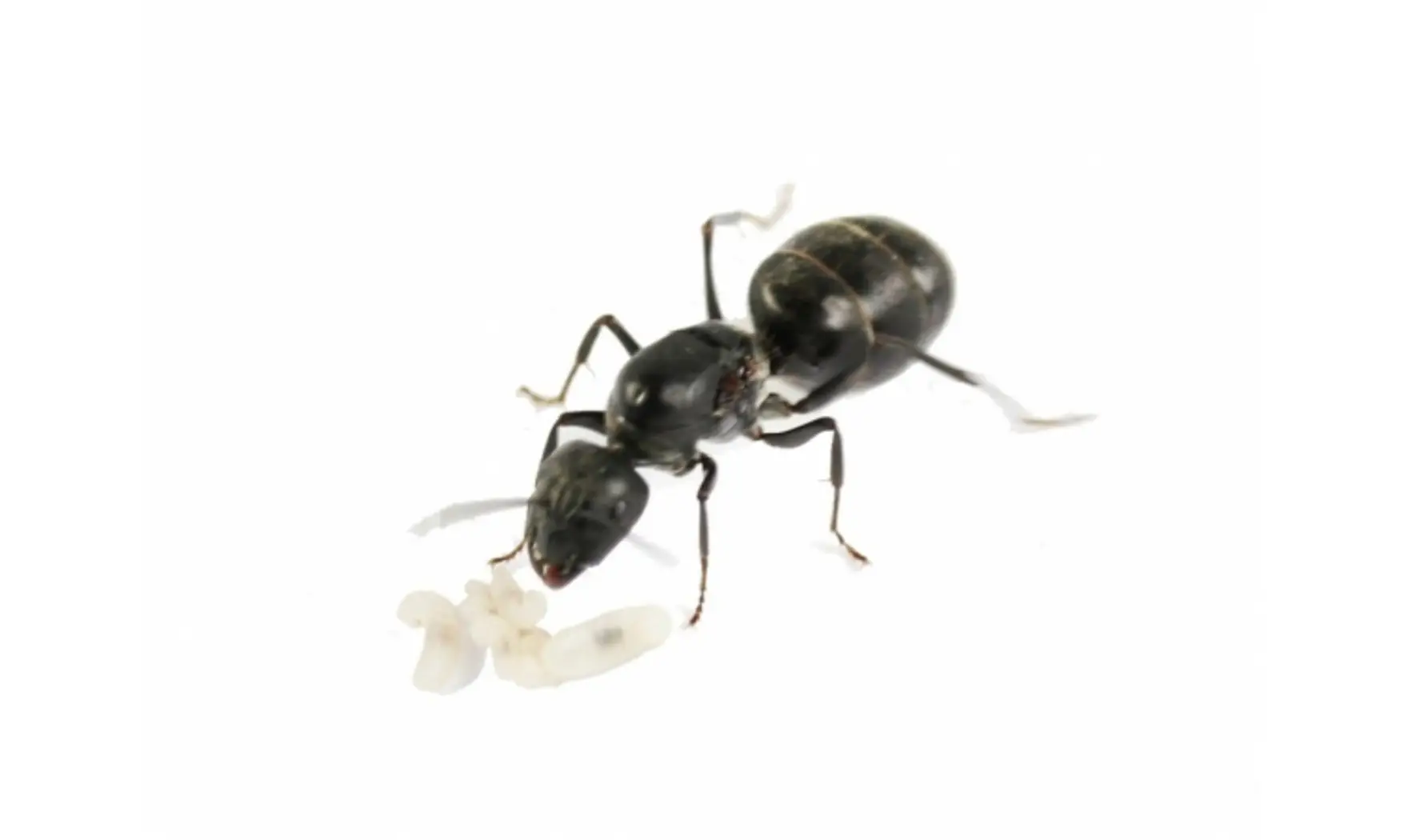
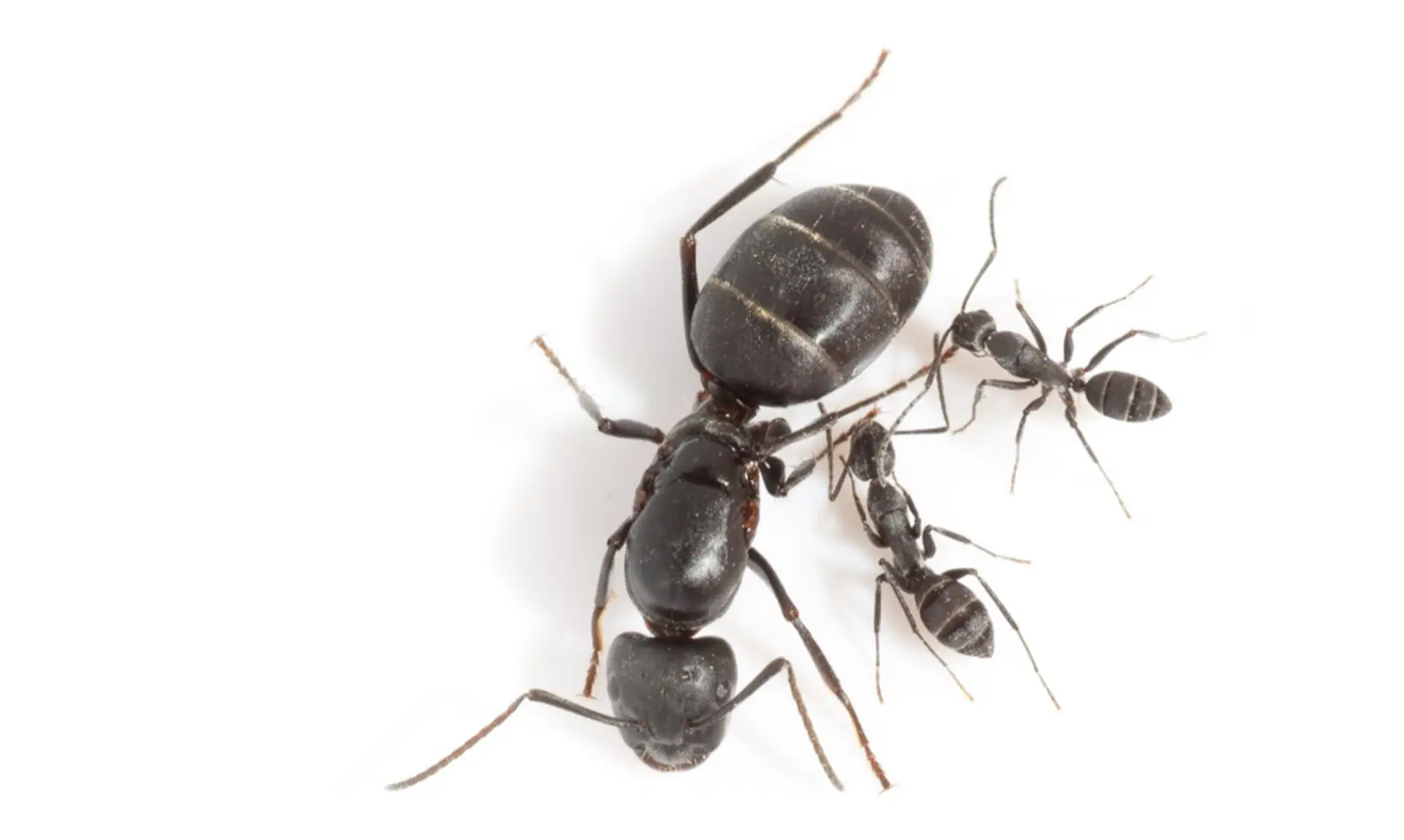
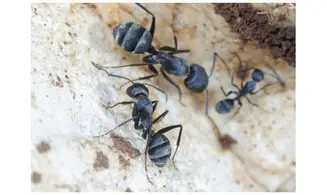
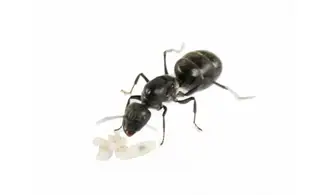
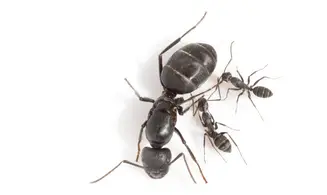
Camponotus micans
Reference : CFOUR-047
24.90€
Unavailable
0 in stock
Latin name: Camponotus micans
Taxonomy: Subfamily: Formicinae, Tribe: Camponotini
Breeding level: Beginner
Geographical distribution: Southern Europe to North Africa
Habitat: In dry meadows and limestone
Colony form: Monogyne
Queen: Size: 11 - 12mm Color: Black masts with bluish highlights
Worker: Size: 5 - 7mm Color: Black masts with bluish highlights
Major: Size 9 - 11mm Color: Black masts with bluish highlights
Male: Size: 5mm Color: Black
Food: Honeydew and insects: like flies, mealworms, mosquitoes and small crickets; also fruits
Humidity: Hunting area: 30 - 50% Nest: 50 - 60%
Temperature: Hunting area: 21 - 30 ° C Nest: 21-28 ° C
Hibernation: No but it is advisable a winter break from November to early March.
Nest type: Plexiglas nest, nest with tubes, reconstituted stone nest.
Description: Camponotus micans lives in the arid grasslands of the Mediterranean and at high temperatures (over 25 ° C) has a pronounced outdoor activity.
Development: Swarming from mid-May to mid-June.
Foundation: Set in a cloister (without food) Development: 40 days from egg to worker (depending on temperature)
Size of the colony: A few hundred individuals, the queen can reach the age of 15 years.
Taxonomy: Subfamily: Formicinae, Tribe: Camponotini
Breeding level: Beginner
Geographical distribution: Southern Europe to North Africa
Habitat: In dry meadows and limestone
Colony form: Monogyne
Queen: Size: 11 - 12mm Color: Black masts with bluish highlights
Worker: Size: 5 - 7mm Color: Black masts with bluish highlights
Major: Size 9 - 11mm Color: Black masts with bluish highlights
Male: Size: 5mm Color: Black
Food: Honeydew and insects: like flies, mealworms, mosquitoes and small crickets; also fruits
Humidity: Hunting area: 30 - 50% Nest: 50 - 60%
Temperature: Hunting area: 21 - 30 ° C Nest: 21-28 ° C
Hibernation: No but it is advisable a winter break from November to early March.
Nest type: Plexiglas nest, nest with tubes, reconstituted stone nest.
Description: Camponotus micans lives in the arid grasslands of the Mediterranean and at high temperatures (over 25 ° C) has a pronounced outdoor activity.
Development: Swarming from mid-May to mid-June.
Foundation: Set in a cloister (without food) Development: 40 days from egg to worker (depending on temperature)
Size of the colony: A few hundred individuals, the queen can reach the age of 15 years.
Recommended products

